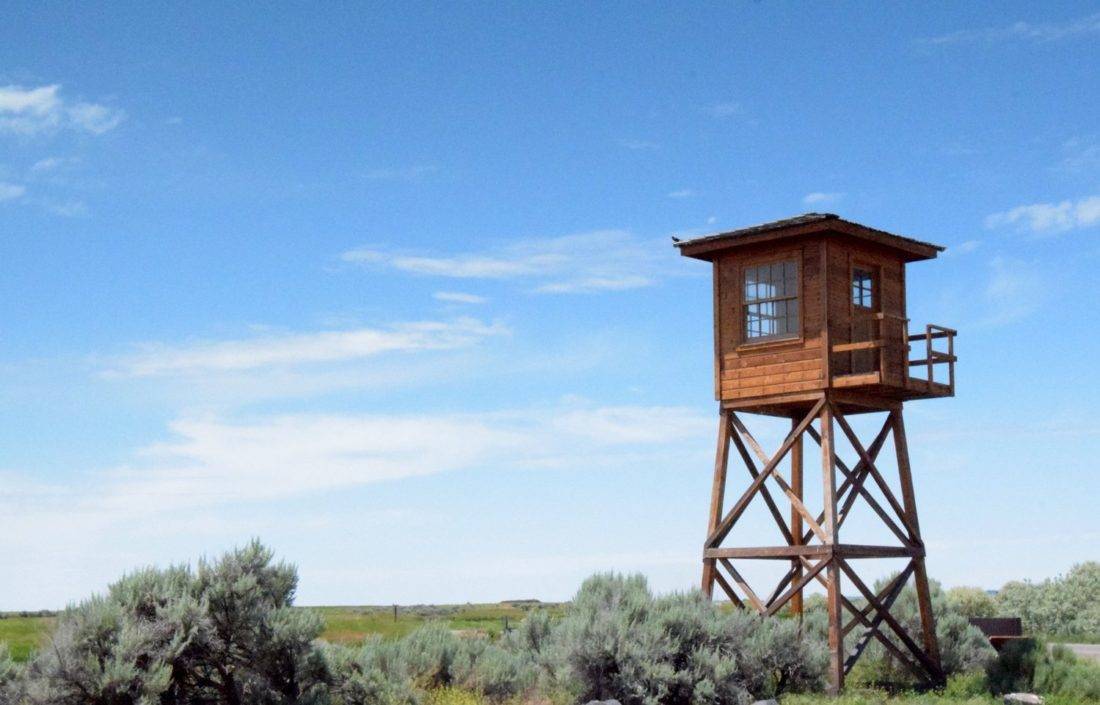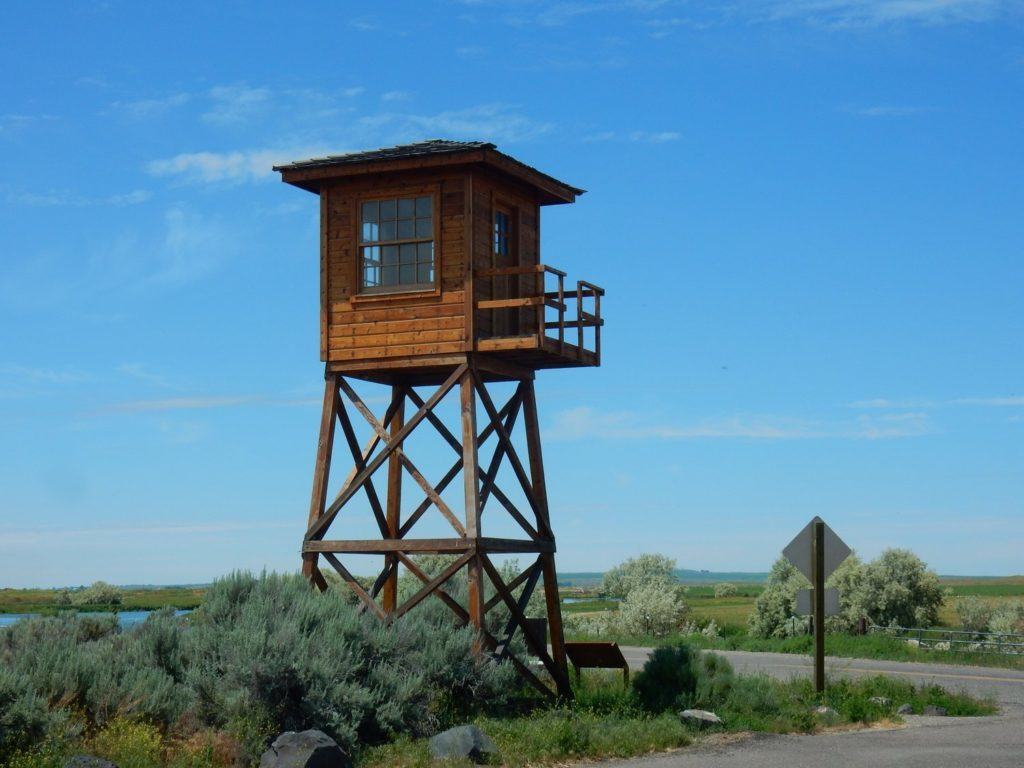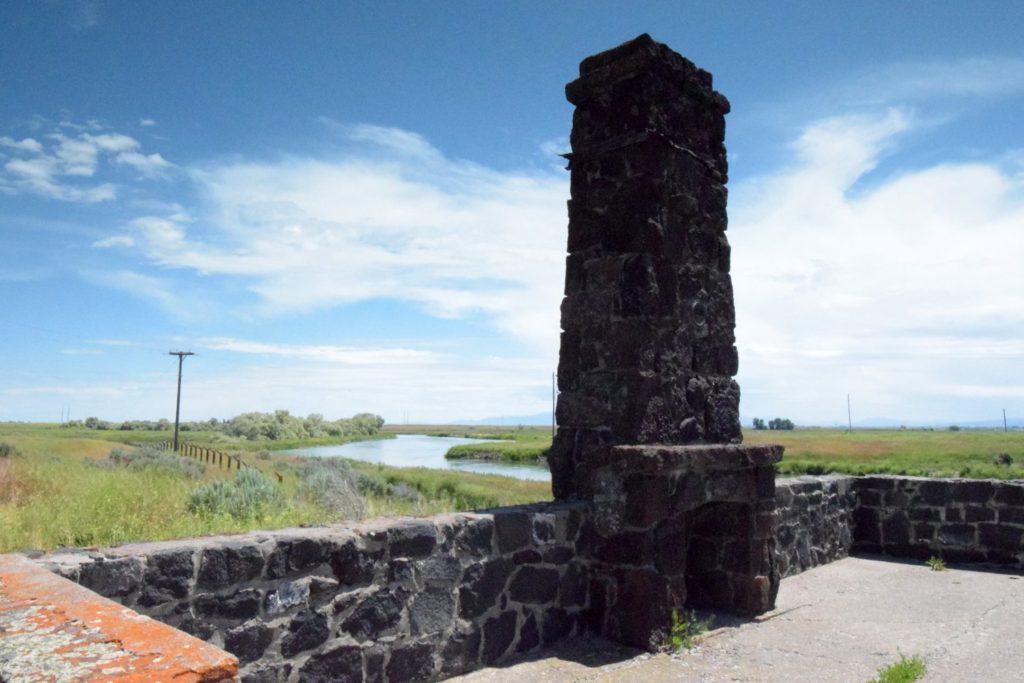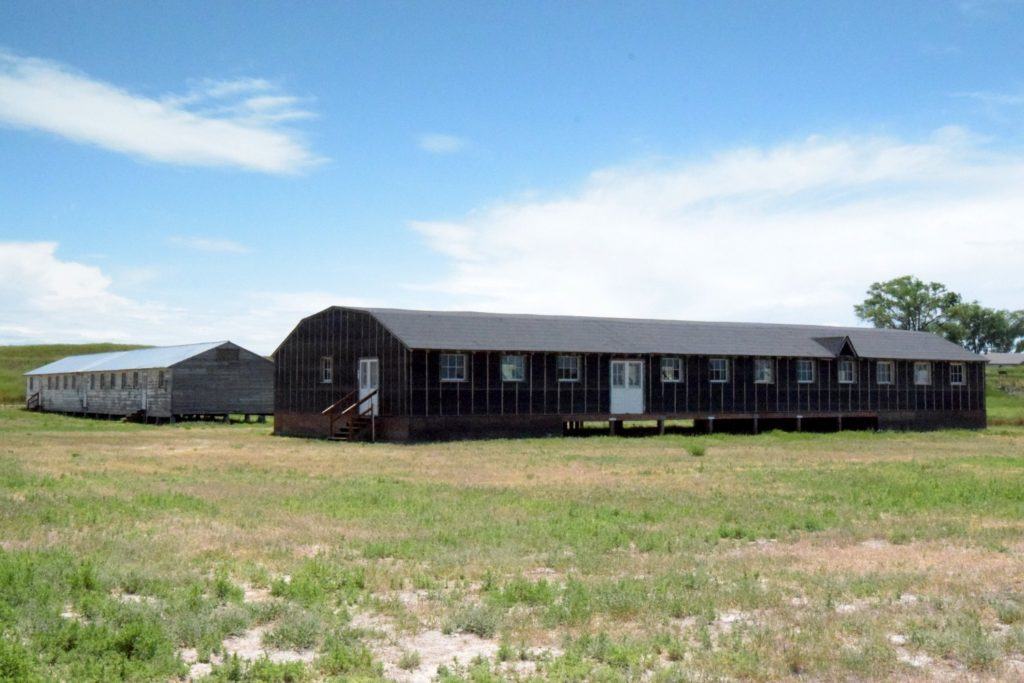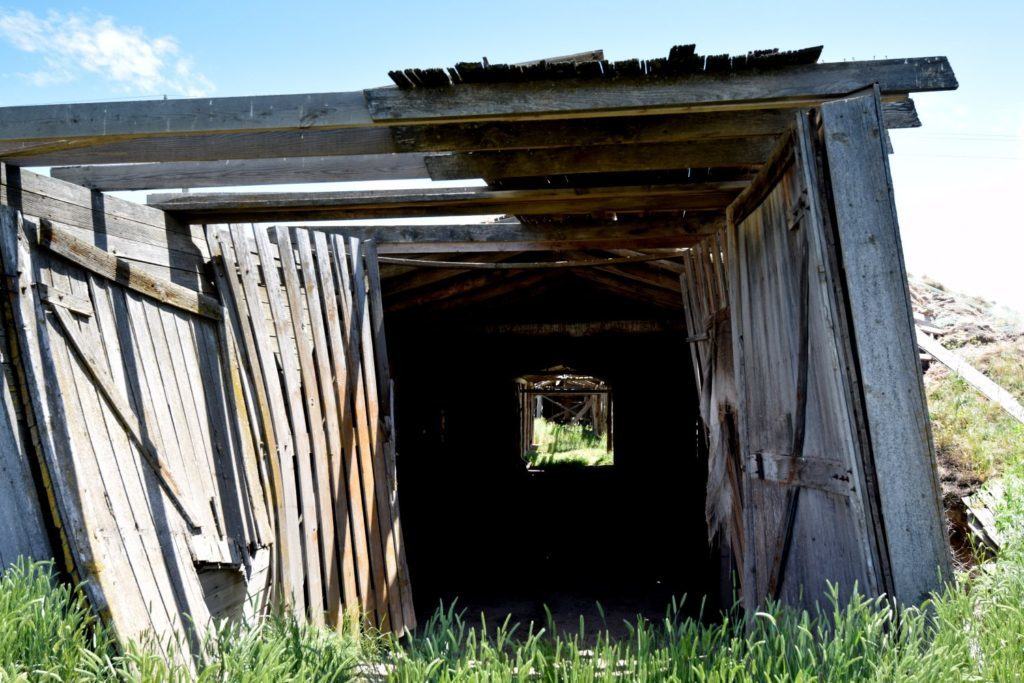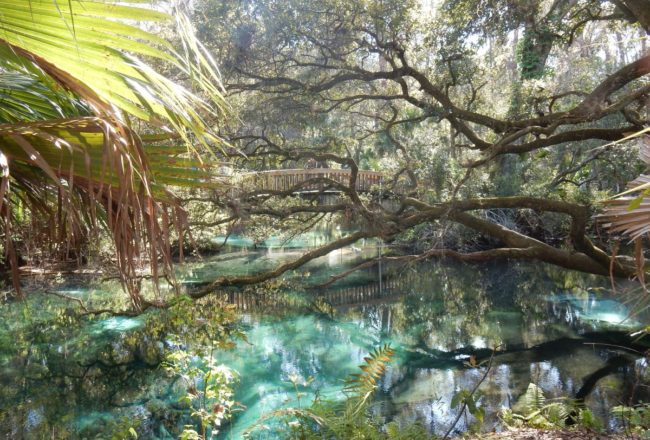When President Franklin D. Roosevelt authorized Executive Order 9066, it seized the freedom of over 110,000 people. Two-thirds were American citizens and half of the total population interned were just children. Why? What did those people do? They did nothing. They were sent off to camps and imprisoned for two reasons only: fear and prejudice. When Imperial Japan bombed Pearl Harbor, fears of invasion increased. Rumors of Japanese residents signaling enemies from shore circulated like wildfire. While the FBI found no truth to these rumors, Roosevelt caved into the demands of his military advisors and signed the Executive Order on February 19, 1942. Over the course of a year, nearly 13,000 people of Japanese ancestry were imprisoned in Minidoka War Relocation Center, now called the Minidoka National Historic Site.
Minidoka Today
When Hitch and I visited, the day was bright, sunny, but not too warm. A nice light breeze whispered through the wheat fields, while the birds sang livelily. We parked our truck at the entrance, near the Guard Tower and Military Police Building remains. The Relocation Center was originally a 33,000-acre site, and at its peak uses, some 600 buildings were crowded on to only 946 acres. The rest of the lands was used for farming, to grow the food needed to feed those who were wrongly interned there. Today many of the buildings are gone, and much of the land has been turned into fields of wheat and corn.
We took the 1.6-mile loop trail around what remains of the original camp. Along the way, there were signs and kiosks describing what was here originally. Commemorative plaques of those who died and solar-power audio recordings add potency to what happened here, and how those unjustly imprisoned tried to make the best of what they had. Not much of the original camp remains, but faithful replicas serve as solemn reminders to the challenging life of the residents.
There were 44 blocks and in each block, there were 12 barracks, plus three other buildings: a latrine, mess hall and recreation hall. Roughly 300 people lived in one block. Today, Block 22 is the only block remaining, with a single barrack and the mess hall; both are reproductions. At one of the kiosks, I learn that Block 44 is where those who were taking from Bainbridge Island and the Pacific Northwest were housed.
As we finished up our short visit, passing by barb wire near the canal, I made a silent promise to visit the Bainbridge Island Memorial.
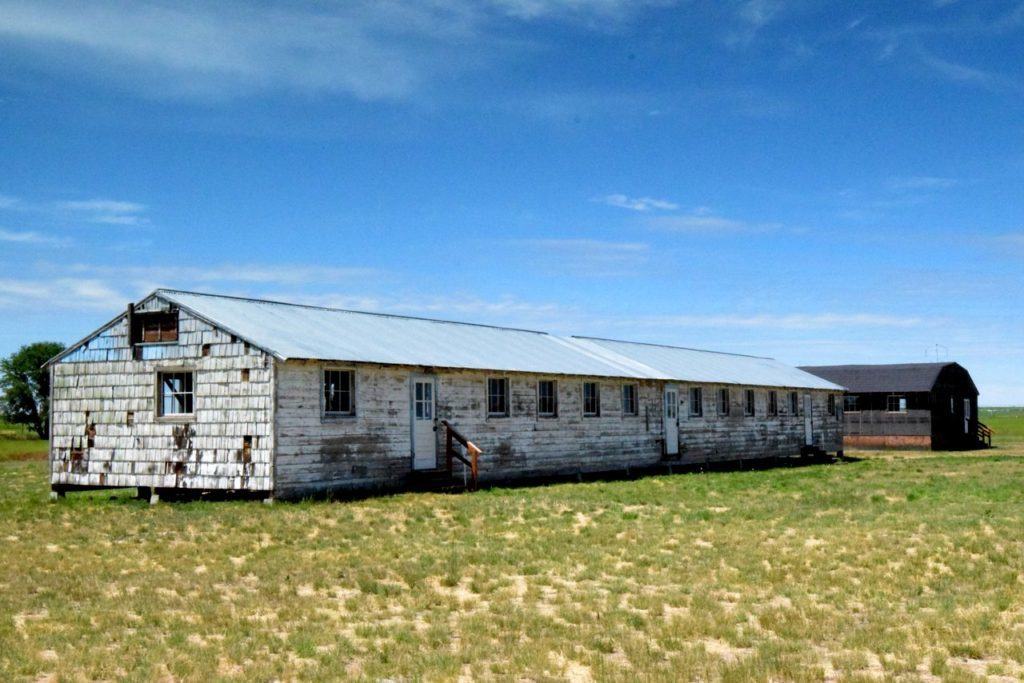
Living Barracks. 12 in each block, with 44 blocks, there was a total of 528 barracks where internees lived.
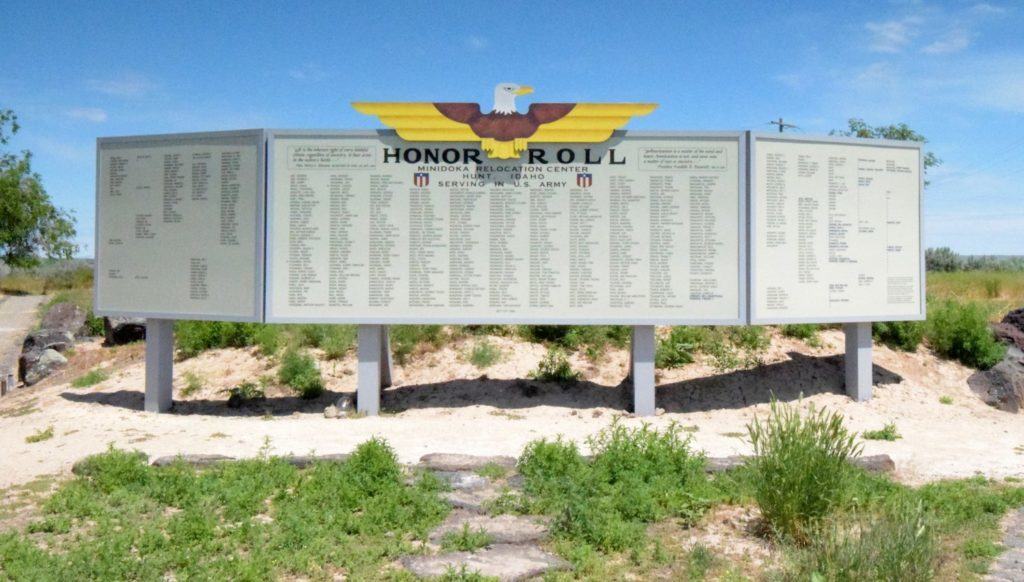
Honor Roll Memorial – A list of names of the Japanese American Internees who volunteered and served in the war.
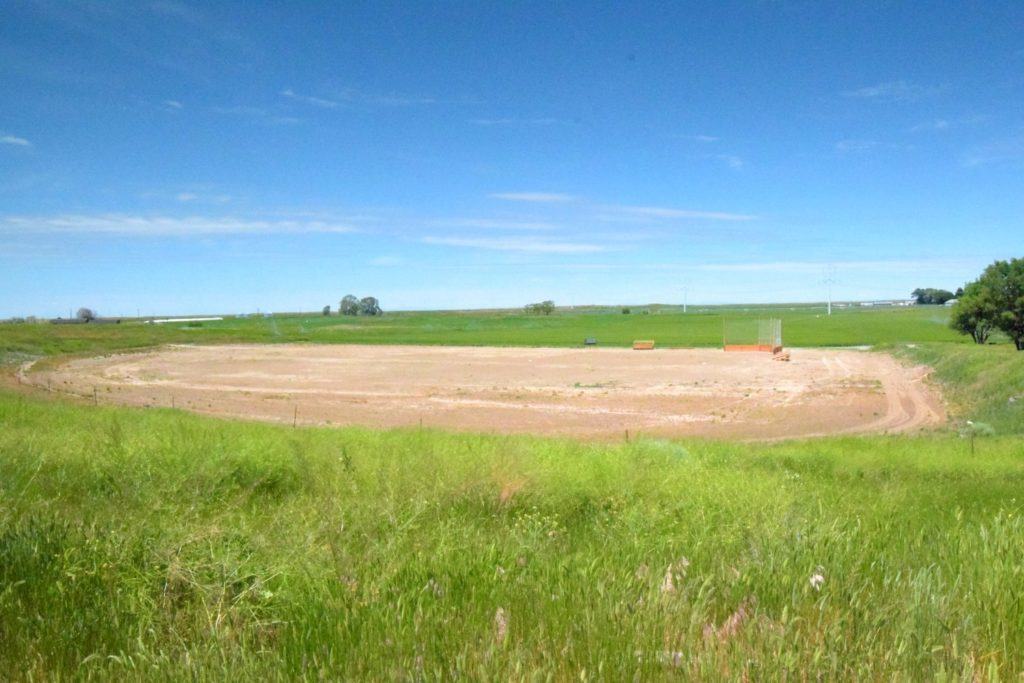
Baseball Center Field Rebuilt. This is where the Japanese American Internees spent their past-times. There were 14 baseball fields in total within the camp.
